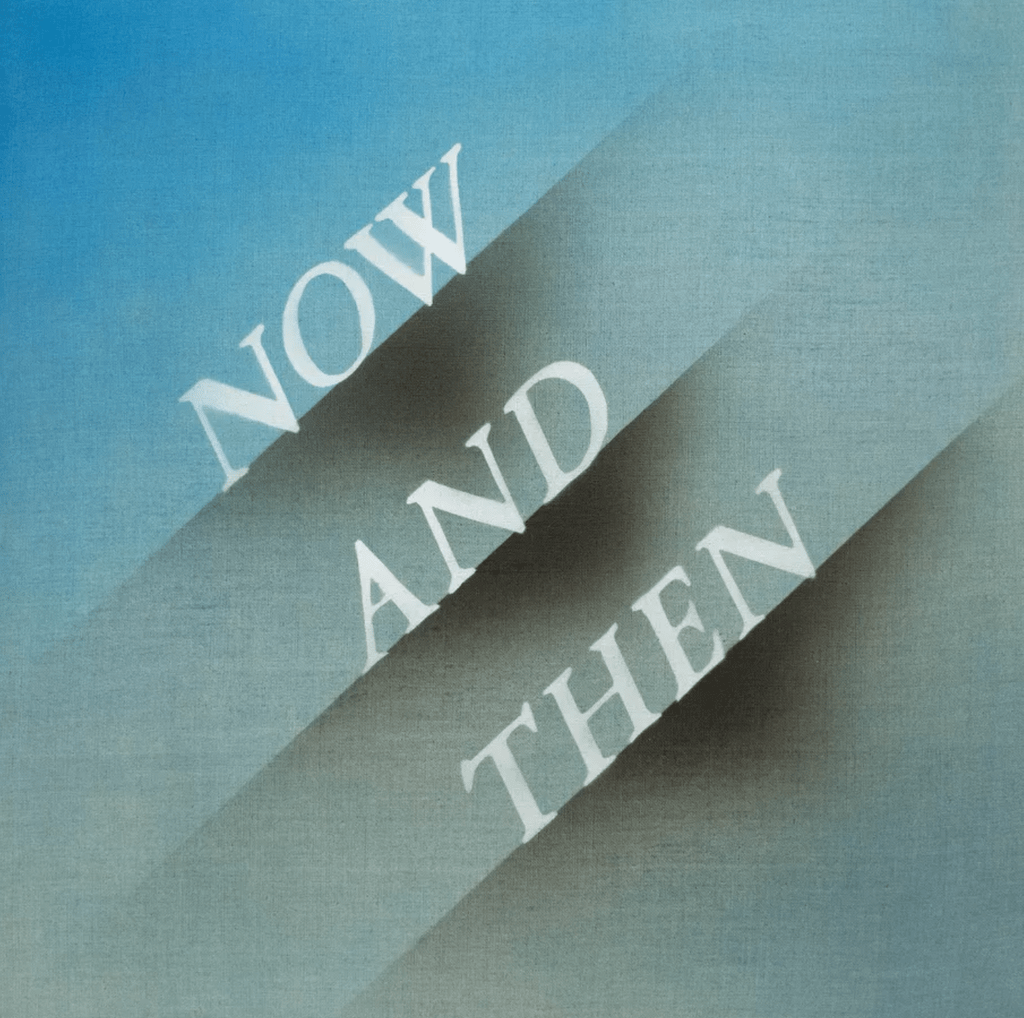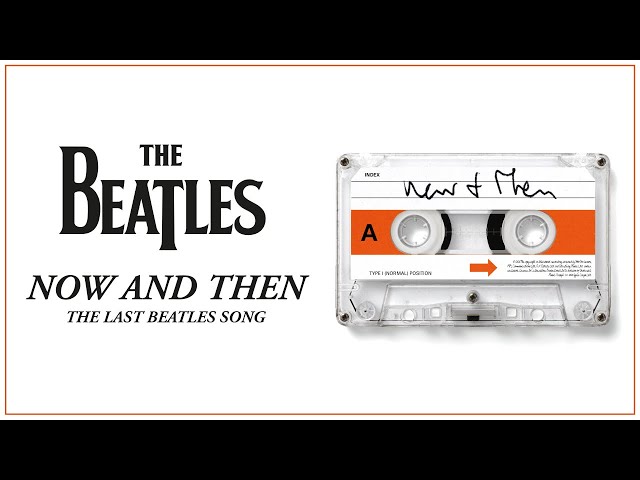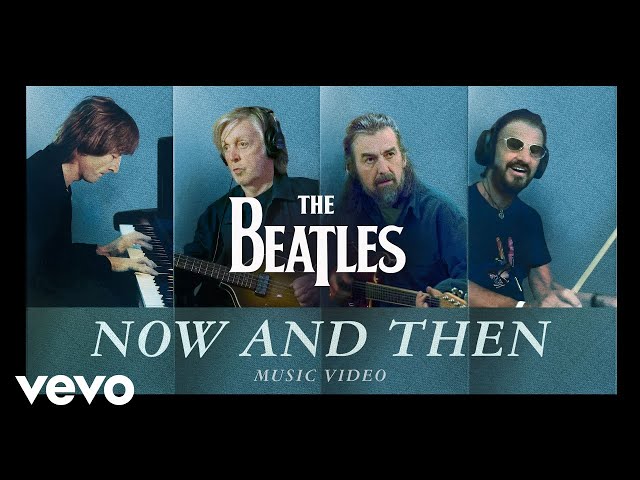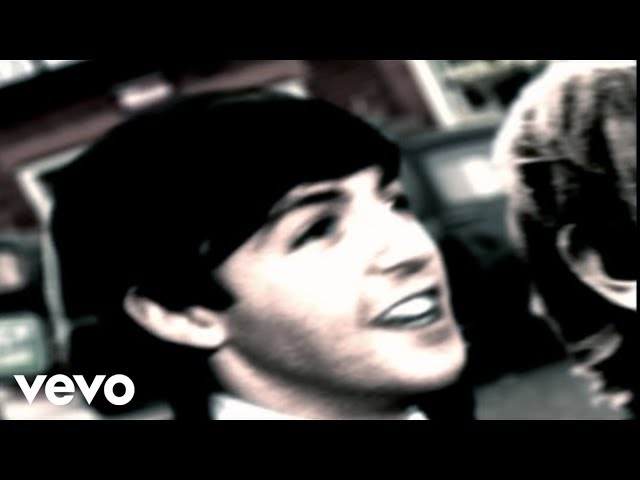John Lennon’s murder in 1980 and George Harrison’s succumbing to cancer in 2001 were – and please pardon the mixed (and clumsily redundant) metaphors – the very last nails in the coffin that is The Beatles catalog.
I mean, dead people can’t book studio hours. Or say no to their bandmates’ cheesy arrangement suggestions.
Which is why the idea of former bandmates “finishing” Lennon demos has always been dicey. This is precisely what happened when The Beatles put out “Free as a Bird” and “Real Love” for the Anthology series in the mid-‘90s.
Those were beautiful, beautiful songs. Or, at the very least, they were beautiful, beautiful attempts to wrangle phantoms from otherwise lifeless ideas. Nevertheless, said songs ended up being embraced globally, even charting modestly. For the first time since 1970, The Beatles were in the news cycle for “current” material.
Now if we can, once again, be at peace with the thought of dead Beatles’ executors – Sean Ono Lennon, Olivia Harrison, et al. – being not only loyal to their wishes but also knowledgeable about their impulses, “Now and Then,” the purported “last song” by the Fab Four, should be a no-brainer.
Culled from a 1978 demo tape Lennon’s widow Yoko Ono handed over to Macca during the Anthology era, work on what was going to be the third “new single” for that project – it was going to be the crowning jewel of Vol. 3 – was suspended for various reasons, including Harrison’s view then that “it was not good enough to release,” as solo Beatles biographer Philip Norman told The Guardian.
The other less subjective reason had to do, of course, with technology. “Now and Then” proved most difficult to develop, with the vocal and piano frequencies too muddled to extract, on top of a persistent 60-cycle hum (“a ‘buzz’ from the electricity circuits in Lennon’s apartment,” BBC earlier reported) that rendered it unusable.
“Free as a Bird” and “Real Love” weren’t the best-sounding gems, either. But they were stylistically more interesting songs, and I feel that consideration trumped everything else during deliberations among the surviving moptops. With its “rubbish” sound quality (George’s adjective), “Now and Then” hardly stood a chance then.
But what undid the pickle, ultimately, was the use of MAL (machine audio learning) technology developed by Peter Jackson’s team at WingNut Films. We’ve already heard the joys of this “de-mixing” toy during the enhanced convos in the 2021 Get Back documentary and the breathtaking 2022 remaster of Revolver, as Rolling Stone critic Rob Sheffield has pointed out in advance press for the single.
With Lennon’s vocal successfully isolated – and with Harrison being able to track basic rhythm guitar in 1995 – the stage was set for the surviving Beatles to “finish” the track in 2022.
The studio efforts surrounding “Now and Then” are essentially audio cosplay: Macca plays his Hofner bass in that muted Sergeant Pepper-era idiom; Ringo is spare in his drumming, as was his wont during the post-touring years; and co-producer Giles Martin’s string arrangement was a compelling “cover” of his dad’s old sheets (the dad being late “fifth Beatle” George Martin, longtime producer for the foursome).
And as for harmonies – because any good Beatles record should have them – the junior Martin repurposed some beautiful three-part harmony work from “Eleanor Rigby,” “Here, There, and Everywhere,” and “Because” using techniques he perfected during the sample-fest that was Love (2006).
Best of all, in the absence of a guitar solo, Macca recorded slide parts in Harrison’s style (or his best approximation of it).

There was some noise, both bad and good, surrounding the pre-release hype. Macca ruffled some feathers when he initially said “AI” was used in the new recording, but clarified back in June that “nothing has been artificially or synthetically created” (as picked up by NME and others).
As for the “good,” meanwhile, Oliver Murray’s 12-minute documentary, Now and Then: The Last Beatles Song, tugs at the heartstrings, sets the mood, and for the curious, lays down some much-needed context. Launched on the eve of the single release, it amplifies what we’re already feeling, but in The Beatles’ own words.
The sentiments that floored me the most, personally, were the bits of emotional guesswork. There was certainly some animosity among the Liverpudlians during the “solo” years – Lennon famously enlisted Harrison to cut guitar parts for the anti-Macca track “How Do You Sleep?” for 1971’s Imagine – but hindsight, thankfully, is always kind.
“I’m sure [John] would have really enjoyed that opportunity to be with us again,” George says in the short film. “He would have loved [this],” Macca hazards a guess.

I’m not crazy about this new song from a technical standpoint, but it’s a marvel to hear the final product. From having two severely underdeveloped movements, it now sports a middle eight that goes places, a gloriously hummable bassline, and harmonies that may be old news but are given new skin. It remains a small song, though: a hastily scribbled note rather than an eloquent letter.
If Lennon made this in 1978, it would have been the early (writing) stages of his final album with Yoko Ono, Double Fantasy (released three weeks before Lennon’s 1980 assassination). That means it was intended to sit alongside songs like “(Just Like) Starting Over” and “Watching the Wheels,” numbers that speak of the bitter tango between regret and gratitude. It didn’t make it to said record – not even in the posthumous release Milk and Honey (1984) – but it makes so much sense to put it out now, to serve as a bookend to a storied discography.
The fan in me regrets the fact that ‘90s Paul, George, and Ringo were technologically hampered in developing it further. Macca was instrumentally more agile then, if succeeding solo release Flaming Pie (1997) was any indication; Harrison’s sporadic work on (and eventual completion of) swan song Brainwashed (2002), moreover, was also telling of the ace playing he would have been able to contribute.

There’s so much (welcome) reframing in Beatle lore these past few years, chief of which being The Beatles: Get Back, where Peter Jackson reconstitutes the Let It Be sessions from a chaotic, tension-filled endeavor to one of unadulterated joy. John, Paul, George, and Ringo were slapdash in the sessions not because they stopped caring; they were that way because they were around friends and family: people you didn’t need to impress or be self-conscious with.
Giles Martin’s acclaimed remasters – from Sgt. Pepper to, most recently, Revolver – gave fans the gift of detail. Now they can finally confirm the band’s studio genius through sheer consumption of better-sounding product, not because rock critics say so.
“Now and Then” reframes Lennon’s snark-and-sneer tenor towards his old band, if his supposed intention of handing this over to Macca – “For Paul” – is to be believed. But more importantly, it gives us more John: a John that’s beyond a “clouded picture,” heaving and breathing and not merely “languishing in a cupboard,” as McCartney says in the docu.
It’s still Beatles cosplay, of course, and I can’t be convinced otherwise. But that’s okay. – Rappler.com

